The House of Bernarda Alba at the National Theatre
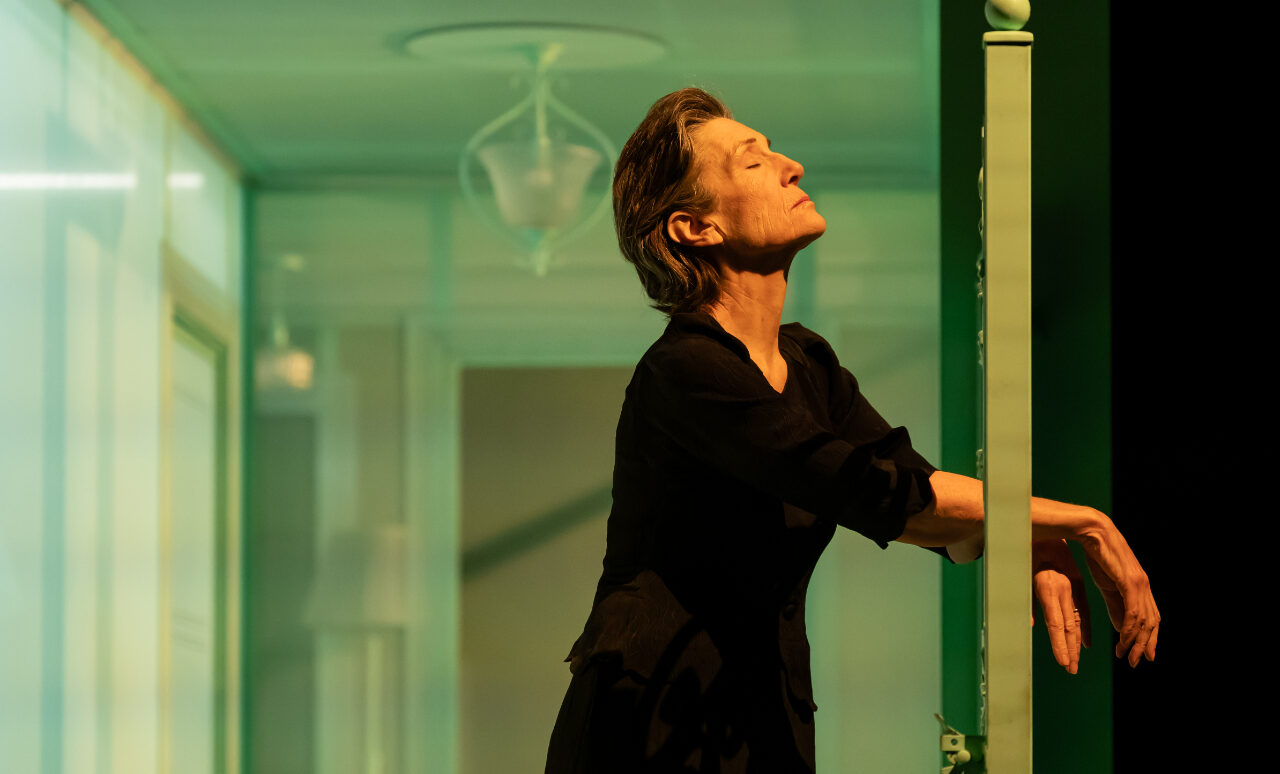
In this compelling rendition of Federico Garcia Lorca’s The House of Bernarda Alba, the National Theatre, under Rebecca Frecknall’s direction, vividly resurrects 1930s Andalusia. The narrative centres on the tyrannical Bernarda Alba, a widow who subjects her daughters to an eight-year mourning period, confining them under her harsh scrutiny. This production brilliantly highlights the societal constraints of rural Spain, through Alice Birch’s imaginative reworking of Lorca’s classic, tragically penned just months before his execution during the Spanish Civil War.
Birch infuses the script with a raw, almost modern feel, marked by an abundance of swearing, which might seem excessive considering the strict decorum expected in Bernarda’s household. Merle Hensen’s set design is a standout, transforming the stage into a prison-like house with translucent walls, and offering a voyeuristic glimpse into the daughters’ stifled existence. Isobel Waller-Bridge’s haunting soundtrack, blending music with the daughters’ stifled cries, is superb, further enhanced by the interplay of action, dance and slow-motion in moments of intense emotion.
The cast delivers strong and heartwrenching performances. Harriet Walter excels as the cold, domineering Bernarda, while Marcia Lecky’s portrayal of Prudencia, the long-serving maid, embodies a complex mix of loyalty and defiance. Isis Hainsworth vividly incarnates Adela, the youngest sister, whose initial innocence and zest are gradually usurped by her frenzied affection for Pepe El Romano, the village’s young suitor. Lizzie Annis is perfect as Martirio, the jealous and disabled sister also in love with Pepe, who creeps the household’s corridors with a heartrending intent to thwart Adela’s romance. Not least, Eileen Nicholas, Bernarda’s senile mother who is kept sequestered in her bedroom, is particularly striking. She yearns for her days of youth, her madness interspersed with moments of piercing lucidity as she reflects on the squandered lives of her granddaughters.
A significant alteration from the original play is the portrayal of Pepe el Romano. Instead of remaining an unseen figure lurking outside the house, only hinted at through the daughters’ frantic and jealous stares, Pepe is visibly portrayed by James McHugh. He is seen dancing through the stage, weaving through the sisters, even making love to Adela through the gate. This interpretation, while visually arresting, slightly diminishes the overarching theme of total confinement and seclusion. A particularly harrowing scene unfolds when villagers intrude into the living room, pursuing and ultimately murdering a woman who has killed her illegitimate child in an act of desperation. Though chilling, this scene disrupts the spell of entrapment: the external world invades a space where, within the play, it should remain barred. The finale of the play is a jarringly shocking tableau. It is raw and adeptly executed, but it is necessary? Could it have been merely insinuated? Where, indeed, lies the power of the unseen?
Constance Ayrton
Images: Mark Brenner
The House of Bernarda Alba is at the National Theatre from 16th November until 6th January 2024. For further information or to book visit the theatre’s website here.

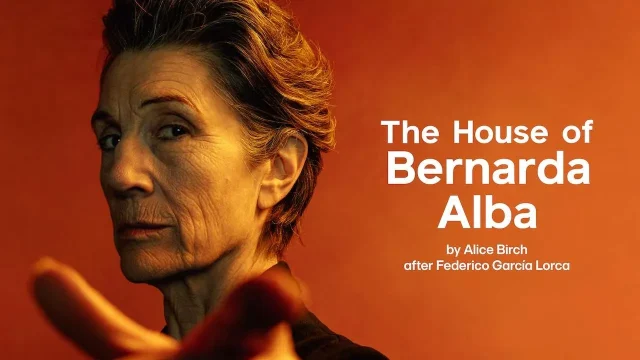
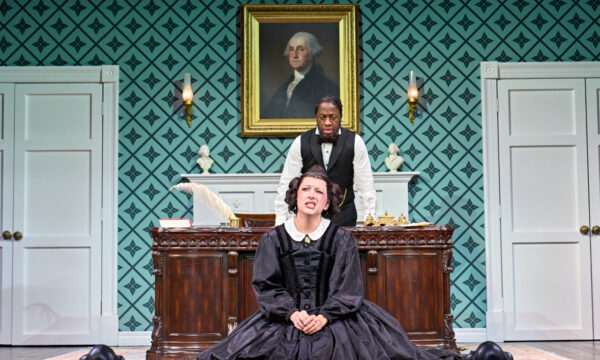
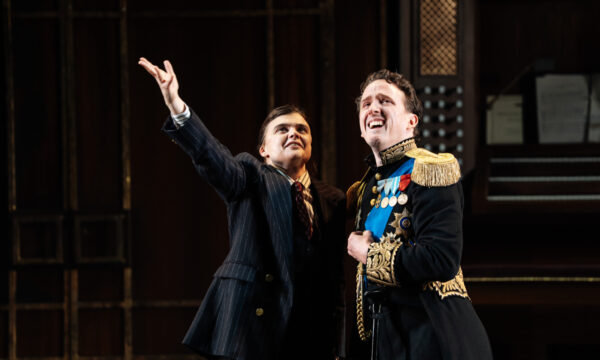

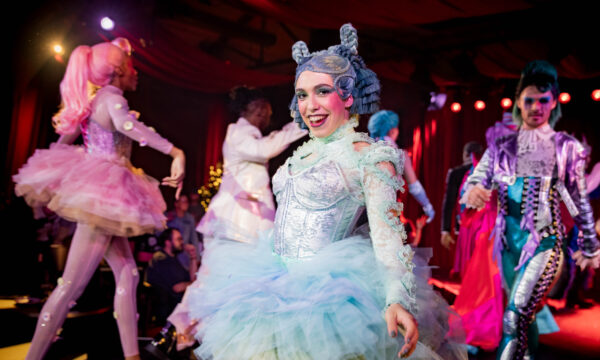

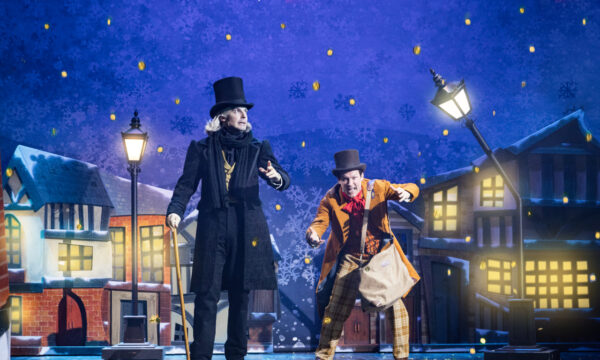
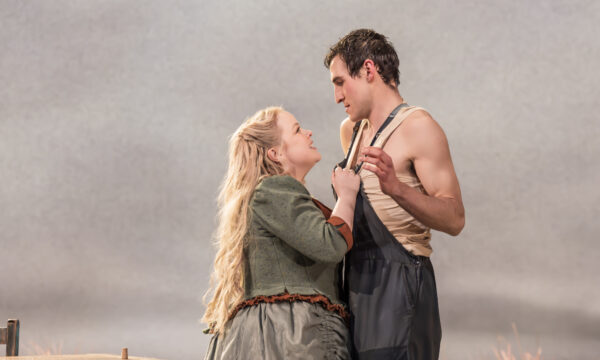









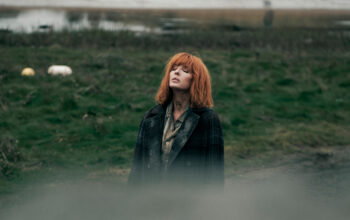






Facebook
Twitter
Instagram
YouTube
RSS